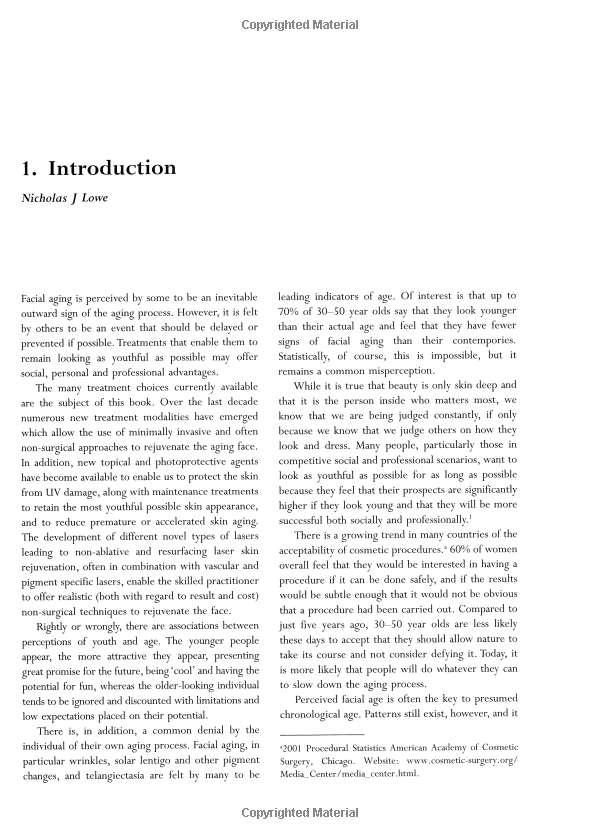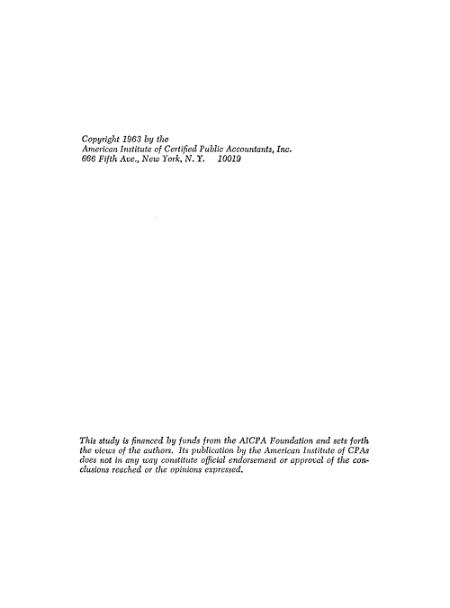Example of Loan Agreement: A Comprehensive Guide to Crafting the Perfect Document
Guide or Summary:Understanding the Importance of a Loan AgreementKey Components of an Example of Loan AgreementCreating Your Own Example of Loan AgreementWh……
Guide or Summary:
- Understanding the Importance of a Loan Agreement
- Key Components of an Example of Loan Agreement
- Creating Your Own Example of Loan Agreement
When it comes to financial transactions, a well-drafted loan agreement is crucial for both lenders and borrowers. This document not only lays out the terms and conditions of the loan but also serves as a legal safeguard for both parties involved. In this guide, we will explore the essential components of a loan agreement, providing you with an example of loan agreement that you can customize to suit your specific needs.
Understanding the Importance of a Loan Agreement
A loan agreement is a legally binding contract between a lender and a borrower. It outlines the loan amount, interest rate, repayment schedule, and any collateral involved. Having a clear and concise loan agreement helps prevent misunderstandings and disputes down the line. It is essential for establishing trust between the parties and ensuring that everyone is on the same page regarding the terms of the loan.
Key Components of an Example of Loan Agreement
To help you understand what a typical loan agreement entails, let’s break down the key components that should be included in your document:
1. **Parties Involved**: Clearly state the names and contact information of the lender and borrower. This section should also specify the legal entities if either party is a corporation or partnership.

2. **Loan Amount**: Specify the exact amount of money being loaned. This is critical as it forms the basis of the agreement.
3. **Interest Rate**: Include the interest rate applicable to the loan. This can be fixed or variable, but it must be clearly defined to avoid confusion.
4. **Repayment Schedule**: Outline the repayment terms, including the due dates for payments, the total number of payments, and the payment method. This section should also detail any grace periods or late fees.
5. **Collateral**: If the loan is secured, describe the collateral that the borrower offers to the lender. This could be property, vehicles, or other valuable assets.

6. **Default Terms**: Clearly state what constitutes a default on the loan and the consequences that will follow. This may include late fees, increased interest rates, or legal action.
7. **Governing Law**: Specify which jurisdiction's laws will govern the agreement. This is particularly important if the lender and borrower are located in different states or countries.
8. **Signatures**: Both parties should sign and date the agreement to make it legally binding. It’s often advisable to have a witness or notary present during the signing.
Creating Your Own Example of Loan Agreement
Now that you understand the essential components of a loan agreement, you can use this knowledge to create your own. Start by drafting a document that includes all the key elements outlined above. Be sure to use clear and concise language to avoid any ambiguity.

Consider using templates available online as a starting point, but always customize the agreement to fit your specific situation. It’s also a good idea to consult with a legal professional to ensure that your loan agreement complies with local laws and regulations.
In conclusion, an example of loan agreement serves as a vital tool for anyone looking to lend or borrow money. By understanding the components of a loan agreement and crafting a clear and detailed document, both parties can protect their interests and foster a positive financial relationship. Whether you are an individual or a business, taking the time to create a solid loan agreement is an investment in your financial future.